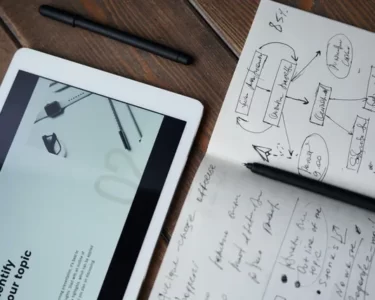Think of the accounting as a wheel, and therefore the hub because the generalledger. Feeding the hub information are the spokes of the wheel.
These include:
✔ Payroll.
✔ Accounts payable.
✔ Fixed assets.
✔ internal control.
✔ assets.
✔ Order entry.
✔ accounting.
The following is a research of a number of the important elements of the accounting.
Payroll
Payroll accounting are often quite an challenge for the new business owner. There are many federal and state laws that regulate what must be tracked associated with payroll. A business may face fines for maintaining incomplete or nonconforming records. Many small business owners outsource their payroll services and by so doing guarantee their compliance with all applicable laws.
If payroll is maintained in-house, it’s advised that a business use an automated payroll system. whether or not the books are done manually, an automated payroll system will save valuable time and help considerably with compliance.
Accounts Payable
Accounts payable represent bills from suppliers for goods or services purchased on credit. Generally this debt must be paid within 12 months. it’s important to trace accounts payable in an exceedingly timely manner in order to understand what quantity each supplier is owed and when payment is due. If a business incorporates a timely system in situ to manage accounts payable, it’s going to often be ready to profit of discounts that are provided for timely payments. A poorly managed supplier system can damage a relationship with a supplier and earn a business a poor credit rating.
Fixed Assets
Fixed assets are commonly recognized as long-lived property owned by a firm that’s employed in the assembly of its income. Fixed assets include real estate, facilities, and equipment. Other sorts of assets include intangible fixed assets, like patents, trademarks, and customer recognition. Fixed assets are items that are for long-term use, generally five years or more. they’re not bought and sold within the normal course of business operation.
In an accrual system of accounting, fixed assets don’t seem to be recorded when they are purchased, but rather they’re expensed over a period of time that coincides with the useful lifetime of the item (the amount of your time the asset is predicted to last). This process is thought as depreciation.
Most businesses that own fixed assets keep subledgers for every asset category additionally as for every depreciation schedule.
In most cases, depreciation is straightforward to compute. the value of the asset is divided by its useful life. as an example, a $50,000 piece of apparatus with a five-year useful life would be depreciated at a rate of $10,000 p.a.. this can be called straight-line depreciation.
There are other more complicated methods of fixed-asset depreciation that provide accelerated depreciation on the face, which is advantageous from a tax standpoint. you ought to seek the recommendation of a certified public accountant (CPA) before fixing depreciation schedules for fixed-asset purchases.
Inventory Control
A good inventory-control feature is a necessary a part of a bookkeeping system. If you’re visiting be manufacturing products, you may have to track raw materials, add process, and finished goods, and separate subledgers should be established for every of those inventory categories.
Even if you’re a wholesaler or retailer, you’ll be selling many different types of inventory and can need an efficient system to trace each item offered available.
Another key reason to trace inventory very closely is that the direct relationship to cost of products sold. Because nearly all businesses that stock inventory are required to use the accrual method for accounting, good inventory records are a requirement for accurately tracking the fabric cost associated with each item sold. From a management standpoint, tracking inventory is additionally important. an efficient and up-to-date inventory control system will provide you with the subsequent critical information:
✔ Which items sell well, and which items are slow moving.
✔ When to order more raw materials or more items.
✔ Where within the warehouse the inventory is stored when it comes time to ship it.
✔ Number of days within the production process for every item.
✔ Typical order of key customers.
✔ Minimum inventory level needed to fulfill daily orders.
Accounts Receivable
If you intend to sell goods or services on account during a business, you will need a technique of tracking who owes you ways much and when it is due, the aim of the assets subledger. If you will be selling to variety of various customers, an automatic system is a must.
A good bookkeeping code will allow you to line up subledgers for every customer. Thus, when an acquisition is created on account, you can track it specifically to the customer. this can be essential to make sure that billing and collection are worn out a timely manner.



2 Comments